Beginning Our Age of Exploration in 4th Grade
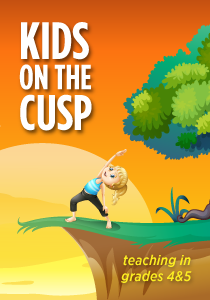
We are going to ask big questions about the past, like: “What’s the real story about how we became a country? How did it all begin? What does that have to do with me?”
We started with an admittedly brief presentation, using our mounted wall map. This large, colorful visual has served me well in my teaching over the years. It does, however, have countries identified on it that no longer exist, and is missing quite a few that now do exist (at least for the time being).
My lecture-style introduction presented the idea of a land bridge, discussed the Ice Age and the dramatic rise in sea level that left this bridge, this isthmus to Asia, hidden under the sea.
This presentation was followed by a brief visit to Venice, Italy during the late 1200s, as we headed out onto our open school sidewalk to listen to two podcasts while we walked: one on primary and secondary sources, and one that introduced us to the world of Marco Polo.
My students’ background on Marco Polo’s life was not far-reaching, but they recognized the name from the game they all played in the pool during the summer. That deficit would soon disappear.
These topics helped open us up to the idea of questioning and evaluating sources. We asked ourselves questions about Polo’s role in sharing some of the secrets of China. I don’t think the kids really “experienced” the impact of silk or spices on American history, but they did enjoy hearing the story of Polo’s life (and knowing a bit more about the history of summer-time fun).
The wind is up and we’re setting sail
This coming week, we are jumping onto our galleon and heading across the water. I hope my students will discover a New World of thinking, of thinking like historians, as we meet more of the bold explorers of the past – men like John Cabot, Ponce de Leon and Henry Hudson – and as we ask questions of that past and see what we can learn from it.
A simple Google search gave me some tools to use as I thought about how to help my students make the bigger connections that will help them become historical thinkers. (See, for example, this teacher-oriented article on “Thinking Like a Historian”.)
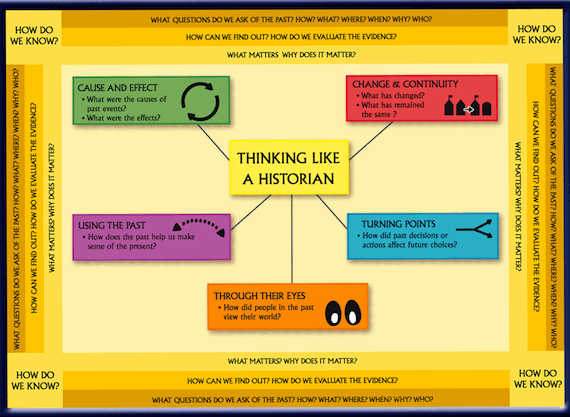
Looking at the contributions of different cultures isn’t new to the curriculum, but finding new ways to explore and appreciate these cultures is an integral part of preparing students for a truly global world.
Polo’s infamous travels are said to have had a major impact in bringing to Europe tangible and intangible gifts from the East – silk and spices, new words, the idea of using paper money. Since the days of Marco Polo, gifts from the East have continued to arrive in “our country” from Asia and its people. These gifts are now part of our culture, although we may not realize it when we sit in a hot tub, use the word shampoo, or put ketchup on our fries.
Exploring tai chi
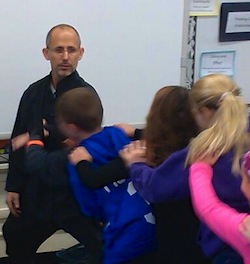
To give the kids a first-hand look at this ancient art – at the movements, philosophy, and origins of tai chi – and to illustrate how the contributions of many cultures make us who we are today, one of my student’s parents offered to come in and share his knowledge of this gift from the Far East.
Shortly after morning announcements, Mr. Rosen came to the door. He was dressed in a soft, black cheongsam, and he had a subtle smile of contentment on his face. I could feel his happiness in just being there with us. I guess you could say I could feel his energy, his “chi” (or Qi).
Mr. Rosen, a board certified practitioner in acupuncture, herbal medicine and Asian bodywork, was here to help us make yet another connection, a connection between an ancient Chinese art form and a classroom in suburban New Jersey.
He made a connection, all right.
Within minutes after his arrival, the kids and I became focused on the chi in the room. We planted our feet like trees and followed Mr. Rosen’s soft-spoken directions, as we concentrated on his words, tried to follow his movements, and attempted to visualize the power, the chi, that he was asking us to harness.
I had to stop for a few moments to take some pictures. It was an experience I wanted to capture in a photo. After all, a photo is a primary source. Come to think of it, Mr. Rosen was a primary source too.
Mr. Rosen is just one of the many opportunities given to me to help my students connect the past to the present. There are other parents and family members of children in our class who may have something to share, parents who want to get involved. It’s hard to balance this, though. It’s hard to schedule time “away” from the curriculum, to have parents come in and share their knowledge.
I get too caught up worrying about how I will ever cover curriculum content. I forget to make connections, to explore the untapped resources that are available to me, to build the bridges.
Important Social Studies Standards can be explored well, if I navigate my ship with a heart for adventure and use the resources I continue to find within my classroom.
Bridging the gap again
We’ve come a long way since the days of Marco Polo, but stories of his travels have served as a nice introduction into the Age of Exploration.
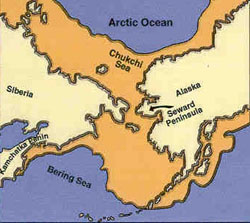
Closer to the daily life in my classroom, the idea of bridging the gap, creating an isthmus between my students understanding of their place in the world and their understanding of history’s impact on it, is shaping my “Essential Question,” my “Big Idea,” my “Higher Order Thinking Objective,” no matter what you label it.
Yet the current disconnect seems ever greater lately, as the land I once stood on so firmly seems to be eroding beneath my feet. I’m trying to hop on board my ship and stay positive, to keep the chi in my teaching, but I don’t quite have my sea legs yet in this New Age of Education.
Parents can help bridge the gaps, if we look for opportunities to work with them, if we keep our eyes on the horizon to help us find our way back to what matters most…the kids. They are the ones who will help form the future of education because they are the future. They are posterity. They are, in fact, the “kids on the cusp” and “the future of history.”

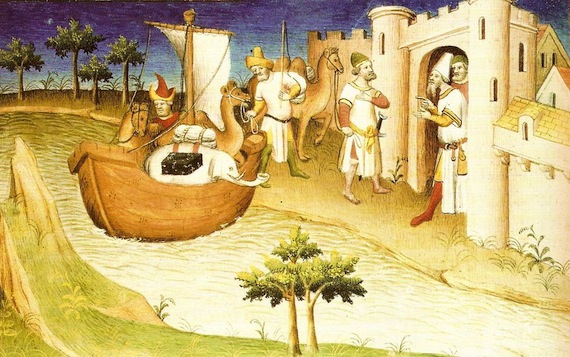
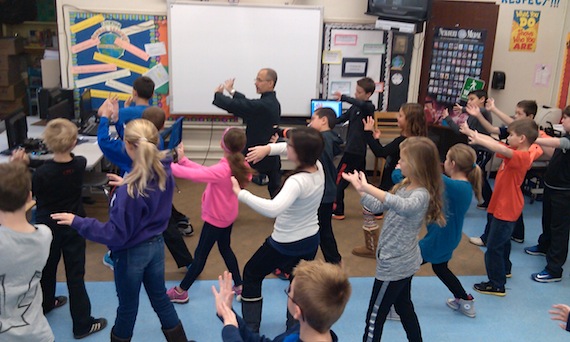






























Love the big questions you are having your students grapple with; love that they are thinking like historians! And thanks for the shout out to the Future of History blog!